
One of the greatest challenges manufacturers often have to deal with is rising costs. Of course, the most obvious result of increased costs would be lower profit margins – a scenario you definitely don’t want to envision. So, to maintain your profitability, you might want to increase prices, which might be a great undoing for customers. When faced with such challenges, what can you do?
The manufacturing industry is quite competitive, and losing customers to competitors can threaten your business’s life. You must then develop measures to control costs so that your business is sustainable in the long run. Plus, the cost of getting new customers can be quite high compared to that of retaining. Therefore, you always want to encourage your customers to remain loyal to your brand – a crucial aspect of businesses that seek to maintain their relevance for long.
Leveraging Technology for Automation
Just recently, in the last quarter of 2023, the Bureau of Labor Statistics indicated that unit labor costs rose by 5.3%. With such trends, manufacturing can be expensive, and that’s where automation comes in. Technologies like manufacturing inventory software help to reduce reliance on manual labor, especially for repetitive tasks. If you want to improve the accuracy of your stock management, such technologies offer real-time insights that can help enhance the overall manufacturing experience.
Plus, you not only reduce reliance on human labor, but you also can minimize errors, increase working efficiency and reduce waste. According to InFlow Inventory, the manufacturing sector contributed about 12% of greenhouse gas emissions in the US alone; globally, it contributes about 20%. As the industry becomes more environmentally conscious, automation has emerged as one of the many ways companies can meet their sustainability goals.
What’s more, automation has made it possible for manufacturers to customize products in huge volumes, empowering them to meet the increasing demands for personalized experiences. For those who are thinking of integrating robots without entirely removing human workers, collaborative robots can be a great way to get started. They are quite adaptable, which enables them to fit in with existing processes seamlessly without necessitating major infrastructural changes.
Automated guided vehicles might be convenient when you want to enhance the overall supply chain efficiency. By making the movement of materials efficient, they reduce the risk of accidents in the working area and ensure you effectively use your floor space. Other technologies that can help make manufacturing more cost-effective include advanced imaging systems, artificial intelligence for predictive maintenance, etc.
Streamlining Supply Management
Challenges like unpredictable lead times and broken supplier networks can translate to higher operational costs. Besides hindering the smooth flow of items, these challenges can also lead to higher storage expenses and missed production timelines. That is why the importance of streamlining supply chain management cannot be overstated. According to the Cash Flow Inventory, organizations that reduce their supply chain costs by only 5% can double their net profits.
Just-in-time (JIT) manufacturing tactics can help those seeking to reduce inventory levels and the expenses that come with handling excess stock. When you overproduce, the unsalable products become inventory dead stock, which only takes up inventory space and increases waste. With JIT, however, you only supply goods as they are needed, which can be profitable, especially when you want to reduce warehouse holding costs. Companies like Toyota use this approach with great emphasis on quality and efficiency.
Companies are also integrating other technologies like cloud computing to enhance their supply chains. By 2021, about 40% of industry players had already incorporated cloud and storage technologies into their operations, with inventory and network optimization tools projected to be the most welcome technologies in this industry by 2027. AI is also expected to take the logistics industry by storm, with its market share estimated to reach $12 billion by 2027.
Lean Manufacturing Methods
Pioneered by the Toyota Production System, lean manufacturing focuses on maximizing value for customers while reducing waste at each manufacturing stage. The goal is always to create more value with fewer resources while reducing wasteful activities. Lean thinking classifies waste as producing more than is necessary, long wait hours, processing, and so on. It suggests that a continuous improvement mindset is crucial for eliminating waste.
Value stream mapping (VSM), for instance, can help visualize production processes and reorganize operations to reduce costs. On top of this, VSM helps identify bottlenecks and reduce lead times, improving customer satisfaction. Satisfied customers are very necessary if your business has to maintain its profitability. And if statistics are anything to go by, SurveySparrow highlighted that just a 1% increase in customer satisfaction could result in 5% higher customer retention rates, leading to better business performance.
It’s in the heart of every manufacturer to remain as much profitable as possible. However, increases in costs can sometimes pose a challenge. This means that manufacturers must implement effective measures that can help them operate sustainably while staying ahead of their competitors. The strategies we have discussed in this blog are just a few of the many ways that you can get started.
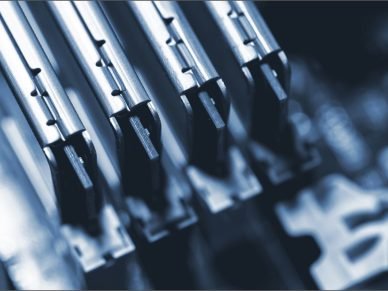
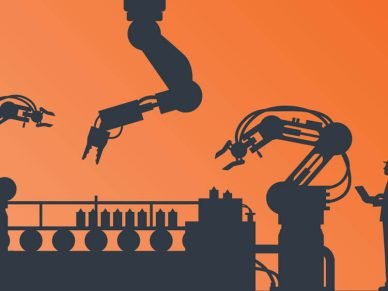
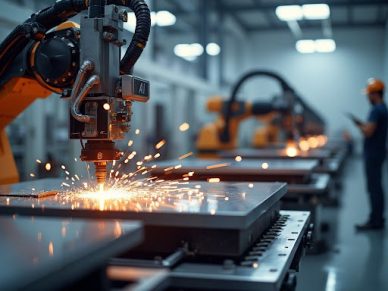
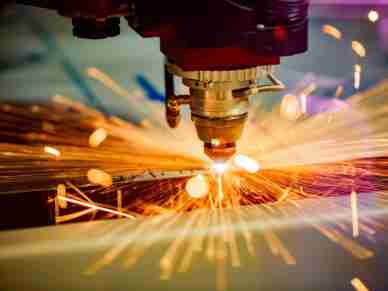

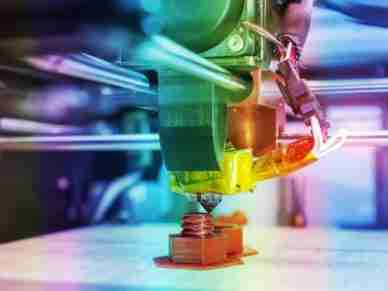
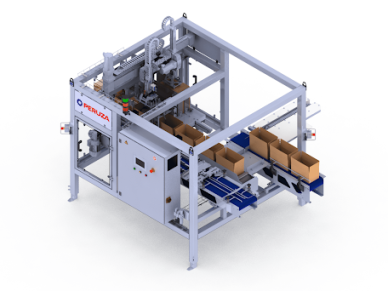
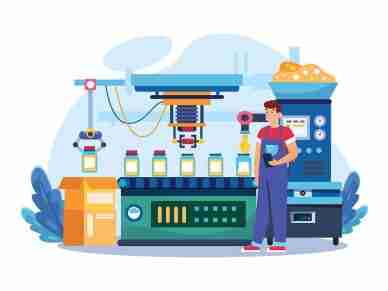
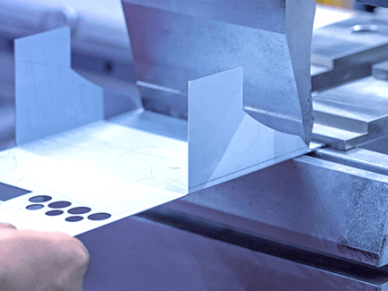
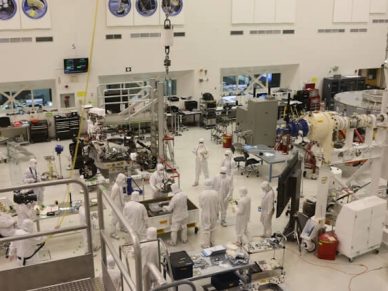





Leave a Reply